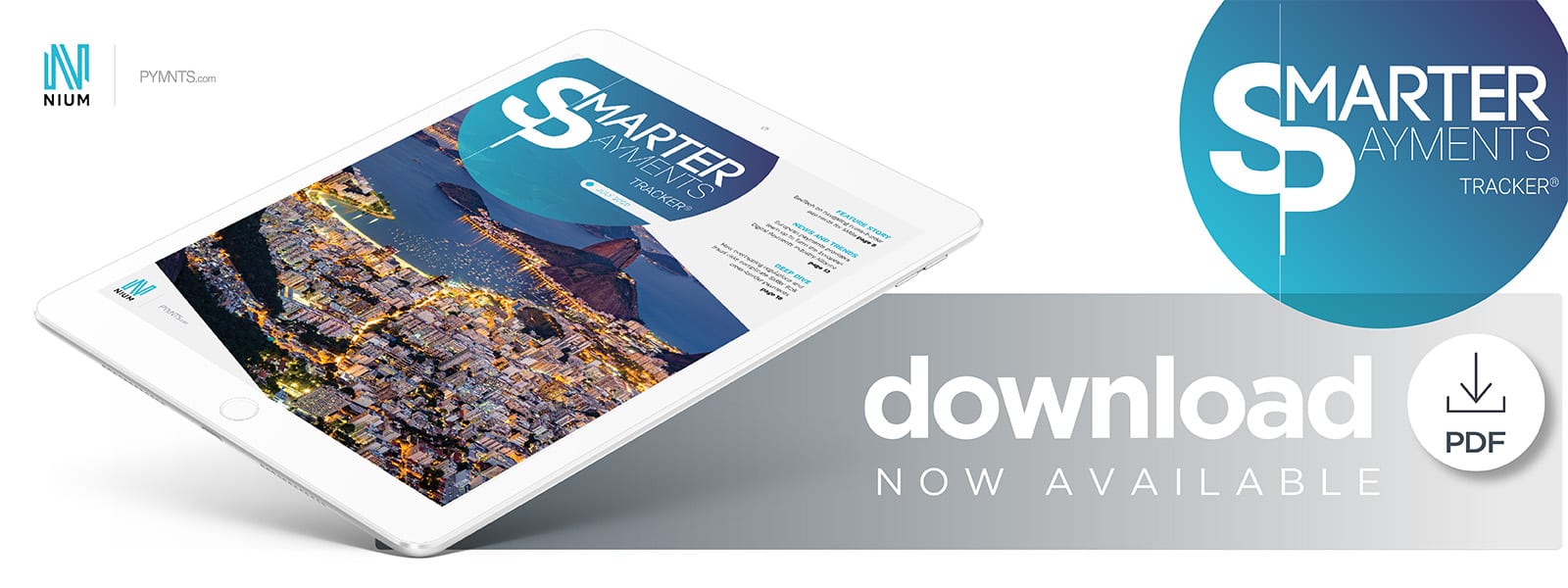Deep Dive: How Overlapping Regulations And Fraud Risks Complicate SMBs’ B2B Cross-Border Payments

B2B payments are the lifeblood of the global economy, with untold trillions of dollars changing hands around the world every year.
The second quarter of 2019 alone saw more than 1.92 billion such transactions, valued at $18.2 trillion.
Many of these payments are conducted across borders, with funds flowing from paying companies in one country to receiving companies in another. But unlike domestic B2B payments, cross-border payments between two merchants can face a host of challenges, including being subject to a series of inspections to ensure the validity of the payment and its compliance with the sending and receiving country’s financial laws.
To make matters worse, businesses transacting from across borders often tend to have little transparency into the whereabouts of their payments, which can also create cash flow issues, especially for small- to medium-sized businesses (SMBs). A recent study found that while most SMBs turn to their banks to conduct foreign transactions, 80 percent are unaware of the true costs of these payments, which can vary wildly between different banks.
The following Deep Dive explores the hurdles associated with sending and receiving cross-border B2B payments, as well as the solutions intended to ease these struggles and provide a more seamless payments experience.
Challenges Facing Cross-Border Payments
Complying with anti-money laundering (AML) and know your customer (KYC) requirements is often a challenge that is intrinsic to sending and receiving cross-border payments. International transactions must be vetted not only by financial institutions (FIs) in the sending and receiving countries, but also by every correspondent bank the payments flow through along the way. These transactions must be vetted to ensure they are not the result of money laundering or fraudulent activity, and each of these checks can take up precious time — especially when they are done manually.
Between 2 percent and 5 percent of all cross-border B2B payments are subject to additional inquires or investigations, which may not seem like much, but it’s a big number, considering the massive scale of cross-border payments volume. These checks not only cause significant delays but also cost the banks themselves significant sums, with each investigation costing up to 35 times more than the cost of the payment processing itself. These costs are typically passed on to the SMBs making these payments, to their great exasperation. A survey of Australian SMBs found that their top concern when it comes to cross-border payments was having to pay exorbitant fees, with 58.7 percent of respondents citing it as their No. 1 frustration.
Further pain points can stem from the lack of transparency in these payment processes. A treasury employee at the sending company, for example, could receive a complaint from the receiving company that their payment had not arrived on time, and the sender would have no idea why. The payment could be held up in regulatory checks, or it could have been intercepted by a hacker, neither of which are either company’s fault but can result in broken trust between the two companies and potentially lost business, and that is a big problem. Sixty-one percent of treasury professionals in a recent survey said that the time involved in finding out why payments failed has been a drain on their company’s resources.
When cross-border B2B payments get intercepted by bad actors, on other hand, companies stand to lose not only their funds but also valuable data. A recent survey found that one-third of businesses were concerned about fraud in their cross-border payments, with an additional 26 percent worried about data security. Yet, businesses all too often rely on methods such as wire transfers, which are more susceptible to fraud. Sixty-nine percent of businesses surveyed said they use wire transfers despite their risks, which further heightens the likelihood of malfeasance.
These are but three of the multitude of frustrations associated with cross-border payments. There are a variety of solutions aimed at mitigating these pain points, however.
Accelerating Payments Through Cooperation and APIs
Cooperation between regulators is one of the most important steps to easing B2B cross-border payments, as even banks within the same country often have wildly different compliance standards. A payment that might sail through one bank could be stopped dead at another due to their different standards. Cooperation between banks could dramatically decrease the amount of regulatory friction and time needed to process these payments, according to Olivier Miet, head of sales and network management global transaction banking at French multinational investment bank Societe Generale.
“It is very important for all of the financial services industry to unite behind technical and compliance standards for cross-border payments,” he said. “If the industry manages to stay united behind standards, it will help everyone to improve the services that are provided to both retail and corporate clients.”
Application programming interfaces (APIs) are another key technology that can help accelerate cross-border B2B payments. APIs are sets of rules and procedures that permit developers to create algorithms and applications that access features or data or interact with other systems. Banks and payment providers can seamlessly interface with each other through the use of APIs rather than going through a series of correspondent banks that each have to conduct their own regulatory checks.
These payments must also be kept secure to ensure they are not intercepted by bad actors, however. Businesses can counter security threats by relying on RESTful APIs to access their payments channel. Any steps taken by the system or a human employee must also be recorded and made available for investigation. Use of security systems that rely on machine learning, with an automated program inspecting cross-border transactions to detect any suspicious activity, can help either stop it in its tracks or flag it for review by a human analyst.
No single solution will be enough to solve every problem facing cross-border payments, but platforms that help solve for issues with regulatory compliance and offer APIs that can process payments in a fast and secure manner can go a long way toward reducing the frustration these payments often bring.

